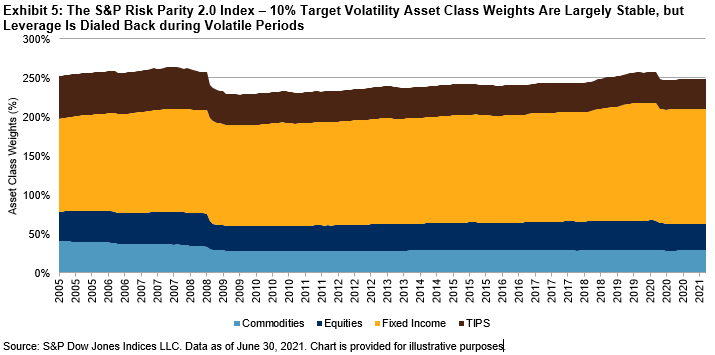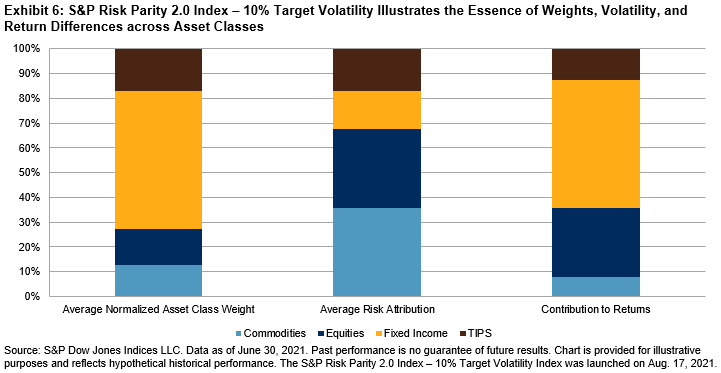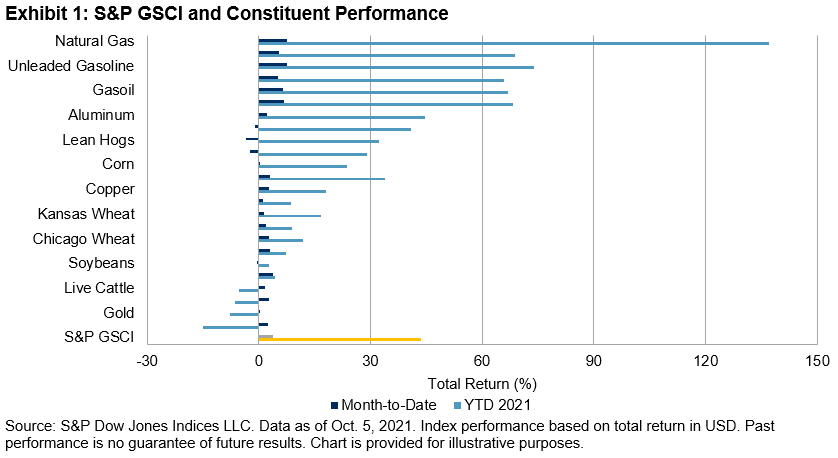How are investors using the S&P 500 and DJIA to measure and assess potential opportunities in U.S. equities? Garrett Glawe and Jason Ye of S&P DJI join Michele Barlow of State Street Global Advisors to explore how investors are putting these index icons to work in Asia.
Learn more: https://www.spglobal.com/spdji/en/education/article/comparing-iconic-indices-the-sp-500-and-djia/
The posts on this blog are opinions, not advice. Please read our Disclaimers.


















































